It’s natural for many preppers to be more isolated and independent, but you may still want to get on social media. You should at least have a presence online so you can meet other preppers and discuss the best strategies to prepare for and survive an emergency situation. Don’t be mistaken. Social media isn’t just for kids. Over the years, it has been used as a tool in many natural disasters. Best of all, these platforms continue to evolve and you can take advantage of all their perks.
Today, we’ll tell you how social media has saved lives in the past, discuss the best platforms for your needs, what you can do with each, and how logging on can be a lifesaver when you least expect it.
Why Social Media Is So Important
Social media can be used for a great many things, and in recent years, it’s been essential for connecting with others in times of need. Sometimes, the only way to connect with someone you haven’t seen in many years is to find them online. Phone numbers change, people move to different states, and they can be hard to reach. However, you can often find them on social media or at least find a trail of people that know them so you can get in touch.
The best part about social media, and why you’ll find it so helpful during an emergency, is that you can connect with people immediately. You don’t need to wait for a phone to ring or a letter to be sent across the nation. Instead, if the other person is also on social media, then all you need is an internet or Wi-Fi connection. You can connect with them instantly and send pictures, data, and more.
This tool has been very instrumental during previous natural disasters in the last few years. In 2010, during the major Haiti earthquake, healthcare providers could use social media to connect with medical suppliers instantly and get the life-saving equipment they required. The next year, in 2011, an earthquake hit Japan. Many victims were trapped under the rubble. They used social media to reach out to loved ones and emergency personnel to save them.
With all of that said, social media is far from perfect. Especially when anyone can post anything at any time and make it seem legitimate. It’s feared that misinformation is often shared online. Hence, you need to use common sense and verify information when it seems wrong.
Cross-reference and look at different sources so you can be sure that you’re getting accurate information. It’s also advised that you beware of the scams that can happen after a disaster. There are bad actors out there who will create fake charities or set up scams in hopes of taking advantage of a negative situation. Do your research before you give money or travel to a place where you could find yourself in danger.
Perks Of The Big Social Media Sites
It’s easy to get overwhelmed by the many different platforms from which to choose. Granted, only some social media platforms are worth signing up for when it comes to emergency preparedness, but the best top media sites provide great value.
For instance, Facebook has been an incredible tool for many years. Since it’s been around a while, you can use the platform to do just about everything, from sharing videos about preparing your home for a flood to creating an account on Facebook Marketplace to sell emergency supplies to others. You can also find an existing Facebook group of preppers. Better yet, create your own. Then, invite other preppers to join and make your own little community. You can find people in your local area, and share information and disaster plans there or agree to meet in person for further preparation.
Other more visual social media sites can also help you share information with others, including Instagram. That platform has over one billion users, so you’ll likely find like-minded individuals like yourself. Instagram is all about videos and images, so you could use the platform to show maps or take photos of yourself in an emergency situation so people can help you in a timely fashion.
YouTube is another popular social media platform focusing on videos, and it’s so popular that 74% of American adults say they use the platform regularly. You could use YouTube in an emergency situation to show a quick video of an incoming storm or natural disaster on the horizon. You can also use it before disaster strikes by creating your own account and making videos that show other preppers how to board up their homes, start a fire, and do other life-saving tasks.
Social Media Tools
Many of the essential social media platforms mentioned above also offer specific tools you can use in the case of an emergency. For instance, on Facebook, you can use their crisis response tool. It allows you to mark yourself as safe during a natural disaster. The people connected with you will be able to see where you are. They can also send aid in your direction.
The Twitter platform can also be helpful in a disaster because you can go to their alerts page and sign up for disaster updates from the Centers for Disease Control. You can also reach out to first responders and report your location if you need help. Twitter can also be helpful with the smart use of hashtags because people will search for a certain tag when they need help. For instance, if there’s a hurricane in the area, you can try adding the number sign and then the name of the storm, and you may be able to get up-to-date alerts.
You can also try the Google People Finder. It’s great if you know a disaster or emergency has occurred somewhere around the planet, and you want to make sure that your loved ones are safe. It’s a great tool for searching for friends and family around the world.
Social Media Before An Emergency
As you know, it’s never too early to start prepping, and that goes for getting online as well, so don’t wait for the storm to come. Get online right now and search for an existing group of preppers that you can trust. Use the space to share your knowledge and learn from others. Even if your other family members are not preppers, it’s wise to create a custom group where you try to add everyone you care about. Make this a group that’s only made for sharing information about emergencies. Don’t make it a general hangout where people pop in to talk about their days, or some members may get tired of the constant distractions and not check it when it matters most.
Most cities and communities will also have an emergency preparedness page that talks about incoming storms, power outages, and other emergencies, so consider signing up to get alerts as they happen.
It’s also important to talk to your friends and loved ones before a disaster strikes and discuss your emergency plan so they aren’t scrambling when it’s too late. Talk about a mutual meeting place in town where you can all meet safely after the danger has subsided.
Social Media During An Emergency
When an emergency strikes, it’s essential to be vigilant on social media, so pay attention to your platforms for the most updated information. Officials often use social media to send out alerts for where a storm is heading, and they’ll also let you know where you can send aid if necessary. Pay attention to road closure updates, shelter locations, evacuation routes, and more, and be prepared to act at a moment’s notice.
You can also use social media to coordinate rescue efforts. If you are in danger during an emergency, then don’t delay. Post your name, location, health condition, and contact information. Then send it out so rescue workers can find you. If you have a boat or an off-road vehicle and can use it to help people in danger, then announce that as well. Then go to those who need you.
Social Media After An Emergency
Just because the emergency has subsided, it doesn’t mean that peace is restored, so continue to lean on social media. You can continue using your chosen platform to find, and help lost loved ones. You can also use this time to send relief and donations to the folks who need it. If someone you know usually marks themselves as safe after a disaster, and they don’t this time, try to reach out to ensure their safety.
Getting Internet During An Emergency
The issue that can arise when depending on social media to communicate and prepare for a disaster is that you need a valid internet connection or it won’t serve its purpose. Luckily, in 2023, you no longer need to be connected directly to a modem. Instead, enable a Wi-Fi hotspot. Find it in the settings on your phone. Doing so allows you to set up your computer to share information on the fly.
You can apply a similar principle to your car. If you have a vehicle that was manufactured after 2021, then you likely have a wireless Wi-Fi chip already embedded in your car. Once the vehicle is on, you can find the network on your phone and connect to get on social media and share updates and information while on the go. While you’re at it, you can also modify your car for emergencies by swapping the drive train to take advantage of all-wheel drive when traveling off-road. You can also install brighter LED headlights that won’t drain the battery in your car as quickly.
It’s worth noting that while you should sign up for at least one social media platform, it’s also important to have a backup plan. You can use many other tech-based tools to communicate if times get tough. For instance, try the Bridgefly app. It can send encrypted messages using the built-in Bluetooth antenna on your phone. There’s also the Walkie-Talkie app that you can install on your phone. It turns your device into a walkie-talkie, and you don’t need to sign up or be connected.
You should also prepare for the chance that internet service won’t be available at all. You can be ready ahead of time by looking into ham and CB radios to communicate during the disaster, or you could learn Morse code.
Conclusion
Social media is a valuable communication tool during an emergency or natural disaster, so make sure not to dismiss it. Sign up for Facebook, YouTube, or any of the others, and stay connected with friends and first responders when you need them most.


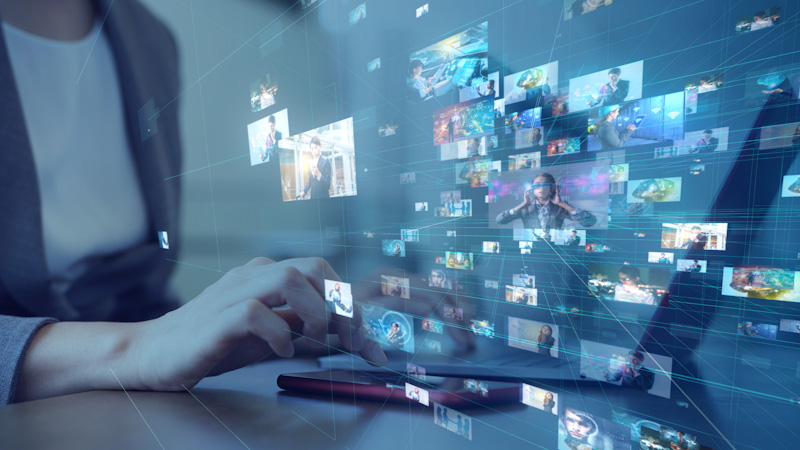




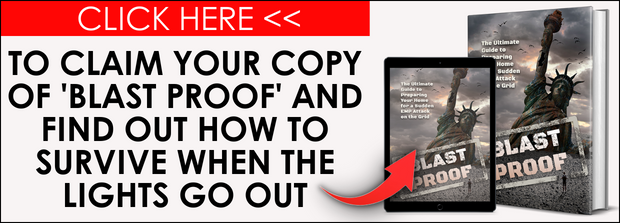
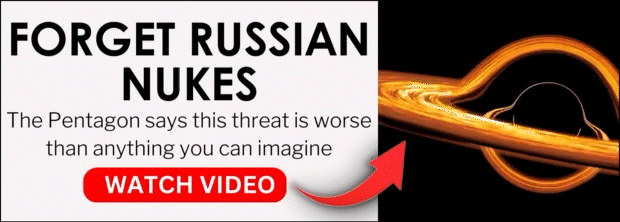
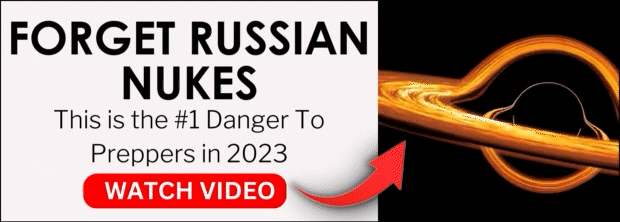
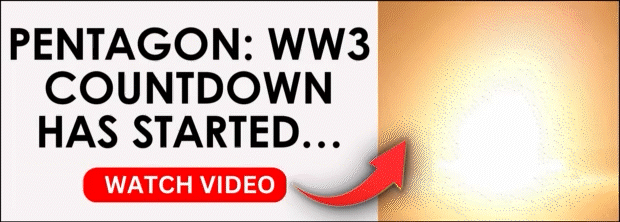
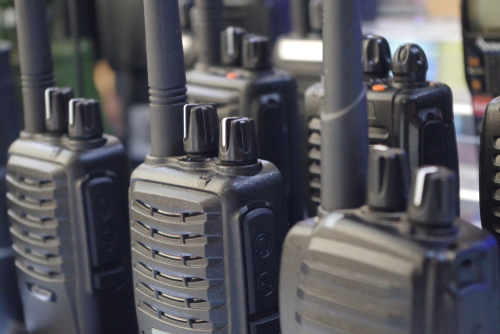
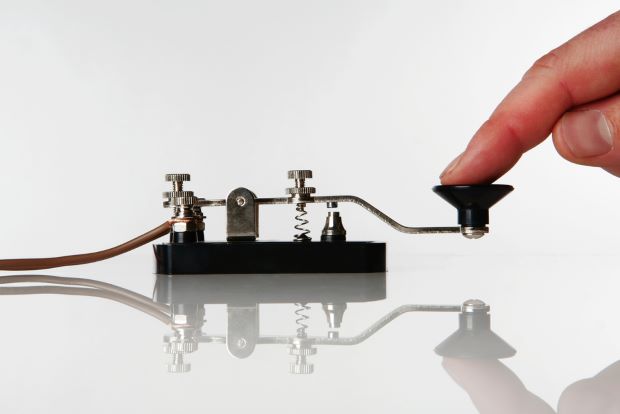
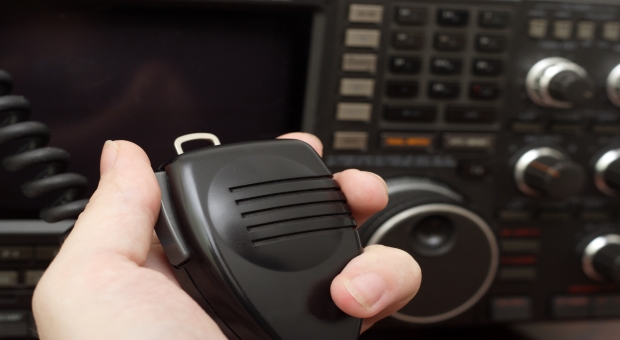


Shya | August 4, 2023
|
You can also be ASSURED that some information will be censored, stifled or doled out by government entities that PURPOSELY attempt to deceive us, and people who are trying to get ready for disturbing events are quite likely to be among those the misinformation mentioned in this article is geared towards.
Ignore my tin foil hat at your own peril.
This site is probably not the kind to try to share fraudulent info, but many will. And if the site ends in .gov, be especially wary.